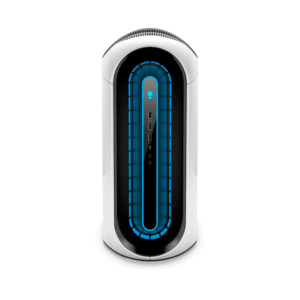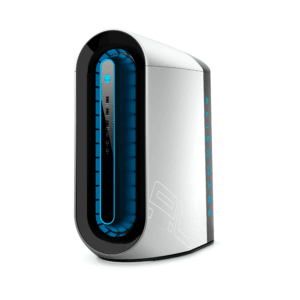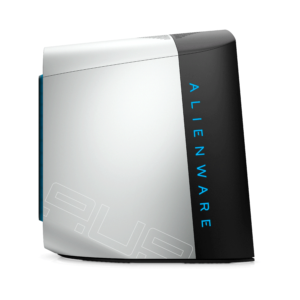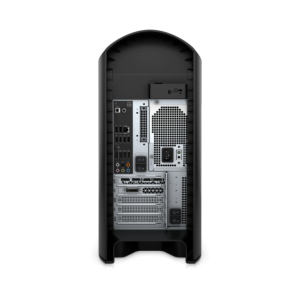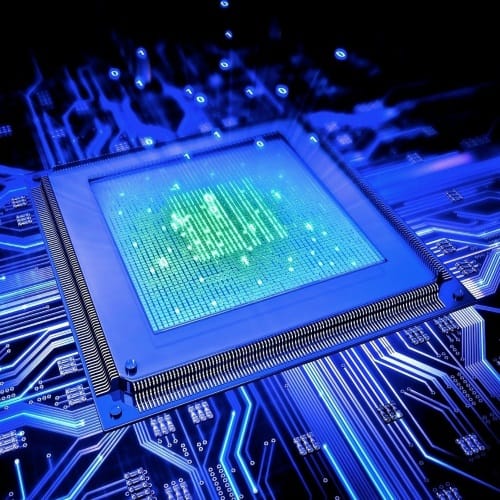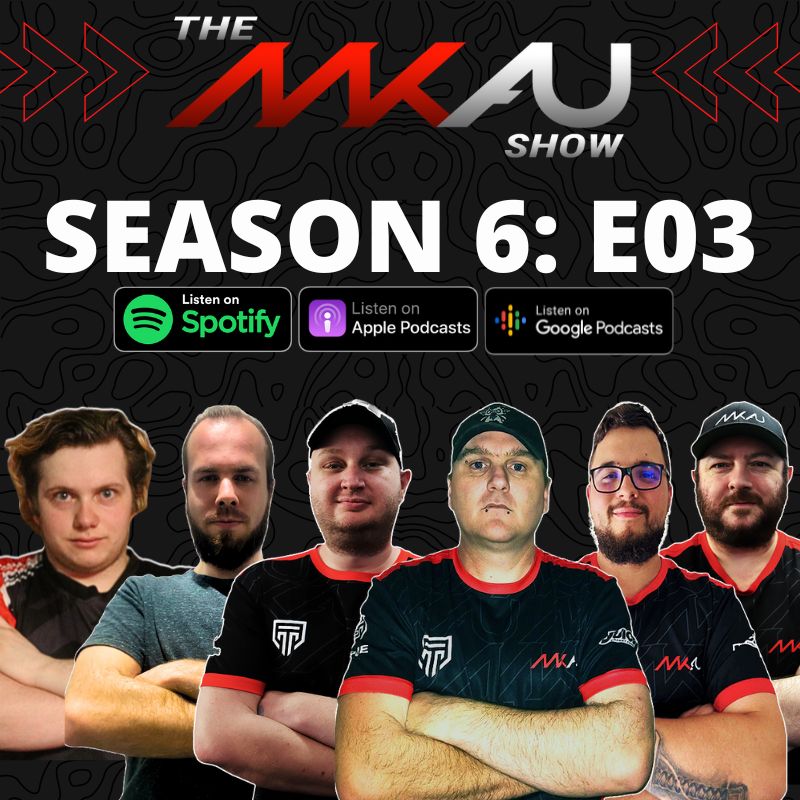I have to be honest here, I don’t really know where to start when it comes to the R12. I have been swapping between it and my desktop PC for weeks now. Using it for everything from day-to-day work tasks to the obvious use of an R12, gaming.
Before we get in to it, I want to say to you, the valued reader, that if you have come here looking for pages and pages of detailed information about every little bit of hardware in this machine or if you have come looking graphs and tables about how the R12 compares to every other PC available, I would like to let you know that this is not how I roll! I like to talk about PC’s such as the R12, from my perspective as a gamer and IT professional. Okay, maybe professional is pushing it, but still…
Anyhoo, moving on…
The quickest way to describe the R12 would be compare it to the Hulk! A beast that will destroy almost anything that comes up against it. Almost.
Let’s head back to the beginning. One day, many moons ago, there was a knock at my door. As I opened it, there stood an angel, the local courier driver with a very large box containing an Alienware Aurora R12. I opened it up and….. hold up! We don’t need to go that far back & this isn’t a story book.
Back to reality! The R12 that we were supplied to review was the top-end version kitted with an RTX-3090.
Machine Specs:
- 11th Gen Intel® Core™ i9 11900KF (8-Core, 16MB Cache, 3.5GHz to 5.3GHz w/Thermal Velocity Boost)
- Windows 11 Home, English
- NVIDIA® GeForce RTX™ 3090 24GB GDDR6X
- 32GB, 2x16GB, DDR4, 3200MHz, XMP
- 1TB M.2 PCIe NVMe SSD (Boot) + 2TB 7200RPM SATA 6Gb/s (Storage)
- Lunar Light chassis with High-Performance CPU Liquid Cooling and 1000W Power Supply
You can check it out here!
Aesthetically, the R12 isn’t to everyone’s taste, but as it has been said, “beauty is in the eye of the beholder”. Don’t get me wrong, it is far from looking like the troll under the bridge, but there is room for some aesthetic improvement. Which is something the new R13 seems to have achieved. So, there’s that.
The front of the R12 has that signature Alienware “spacecraft engine” look, enveloped in RGB lighting. On one side of the machine is the word “ A L I E N W A R E “ that runs top to bottom along the lines of the case. It also gets the RGB lighting treatment. The other side of the machine is the modular entry panel to the machine’s internals, and the top of the machine is rounded with the inclusion a large fan exhaust port to allow the CPU cooler fan to push all that hot air upwards rather than rearwards.
Should you want to throw in some more RAM, or add an SSD etc, the R12 case, for the most part, is screwless. It is super simple to open the case and swing the PSU outwards to allow easy access to RAM & PCI slots.

At the bottom of the case there are 2 spare 2.5inch hdd/ssd bays, but I could not see any extra M.2 slots on the board for an added NVMe. Not a big deal, but it would have been good.
Moving to the front of the case, there is a 3.5inch bay that contains the 2tb mechanical drive included in this build. Other than that, there isn’t much else of note. There isn’t a whole lot of space to play with inside the case, but everything is as neat & tidy as you would expect.
It goes without saying that WiFI is a standard inclusion on laptops, but desktop PC’s don’t always have it included out of the box. It is becoming much more common now, but it is still not standard. It is also fairly standard that when a desktop does include wifi, they also use external wifi antenna’s. My PC does. The R12 does include Wi-Fi, but it doesn’t use an external antenna. I was a little surprised at this only because electrical interference can play a big part in signal quality.
However, when comparing to my pc, the R12 internal antenna worked just as good on my AX Wi-Fi 6 network. And no, I was not sitting beside the router, both PC’s were 3 rooms away with brick, steel and glass in between. It managed to hold a stable 5ghz connection at (Receive/Transmit) 1201/721 Mbps

I am guessing that the most obvious question right now is “How many frames at 4K does thing put out?” Obviously, the answer depends on what game and what settings, but in my experience so far, I’d say the average is “lots!”
Doom Eternal cranked out a steady 115fps, Marvel’s Avengers sat happily between 90-100fps, Forza Horizon 5 100fps, Horizon Zero Dawn 80-100fps, Shadow Of The Tomb Raider 90-100fps, are some examples. All of these games had the graphical settings turned right up and DLSS off where applicable.

For games that supported DLSS, such as Tomb Raider & Doom Eternal, switching DLSS to “Quality” yielded roughly an extra 30%-40% FPS.
With the inclusion of an RTX-3090 in this particular machine, gaming prowess was never really a question. It was born to churn out frames. I don’t want to make this just about the power of the RTX-3090, we already know that GPU is a powerhouse, so let’s focus on it as an overall package.
You can also view our Boundary Benchmark @ 4K & Bright Memory Infinite Benchmark @ 4K
As of at the time of writing, the R12 has actually been superseded by a the newer R13. However, with the amount of grunt this thing has, this is the best time to buy one, should you be in the market for a new gaming rig. I say this because there isn’t a whole lot of difference between this and the “equivalent” R13.
The only real “R12 vs R13” significant differences are:
i9-11900KF vs i9-12900KF
32GB DDR4-3200 vs 32GB DDR5-4400 up to 128GB / DDR5-3600 128GB
AU$5849.00 vs AU$7999.00

A machine such as the R12, even considering the blistering pace technology moves, should still give you a good number of years of high-end gaming enjoyment. I am not going to put a definitive number on those years because who knows what’s coming next, but even now, there would be very few games, if any, that truly require the power contained within the R12.
At the end of the day, the R12 is a powerhouse that can take on just about anything you can throw at it. It is well built with hardware that will last you years to come, and my review unit hasn’t given me a single problem. Surprisingly, I haven’t even had a single Windows BSOD. I really can’t fault the R12. I would have preferred 64GB Ram, but that isn’t a fault, that is just my preference. The standard 32GB is still plenty for gaming and even media creation.
At the moment in Australia, the median retail price of an RTX-3090 is about $3800 give-or-take a few bucks. And while AU$5849 is still a lot of coin for a lot of us, it doesn’t detract from the fact that this still works out to be a great deal.

**Please Note: The pros & cons below are based on the high spec machine we were sent for review. My rating is based on performance, reliability & overall quality of our review unit. MKAU Gaming does not receive or accept any monies or incentives for a favorable review. The comments and opinions in this review are of the reviewer only.
The Good
- A Powerhouse That Should Give You Years of Service
- Internal Wi-Fi Antenna Works Extremly Well
- Modular Chassis Allowing For Easy Upgrades
- 11th Gen WaterBlock Cooled CPU Allows For OC
- 2 Spare 2.5' Expansion Bays
- Dell Reliablilty - In My Experience
The Bad
- 32GB RAM As Standard. I Think Should Be 64GB In This Machine

